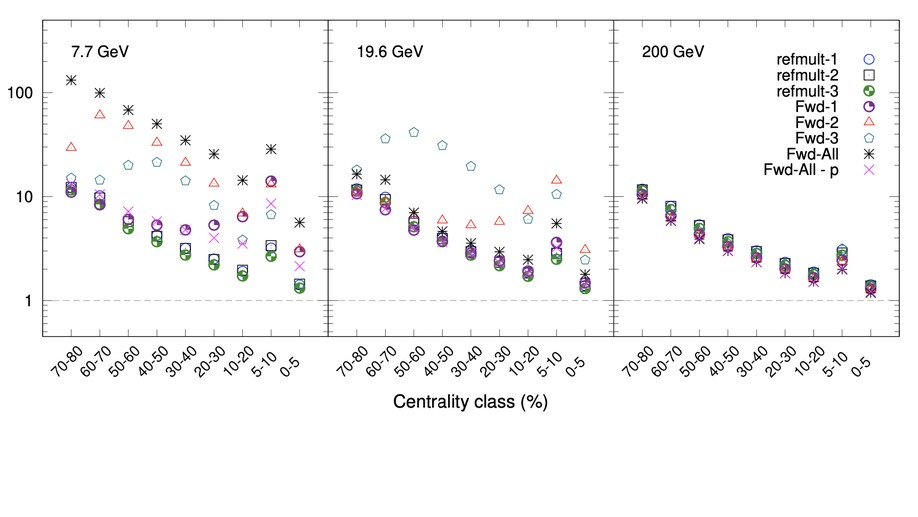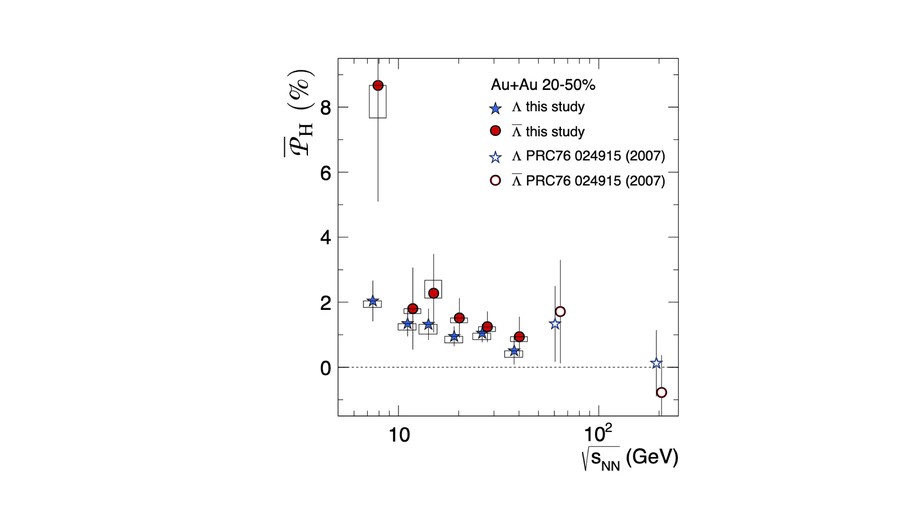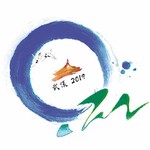Arghya Chatterjee
PhD, Experimental High Energy Nuclear Physics
National Institute of Technology Durgapur
About me
Welcome to my personal homepage!
I am currently a Assistant Professor at the Department of Physics, National Institute of Technology Durgapur (NITD). Previously, I worked as a Research Assistant Professor at the Department of Physics, Warsaw University of Technology (WUT) and as a Postdoctoral Research Associate at the Institute of Particle Physics (IOPP), Central China Normal University (CCNU). My research mainly focuses on the experimental search of QCD Critical Point and onset of phase transition in high-energy collisions at Relativistic Heavy Ion Collider (RHIC), Brookhaven National Laboratory (BNL), New York.
I received my PhD degree at Homi Bhabha National Institute (HBNI) and my Master’s degree in Physics at the National Institute of Technology, Durgapur (NITD) in India.
Here you can find information about my education, research, publications, and talks.
Interests
- Quark-gluon plasma and early Universe
- Heavy-Ion Collisions
- QCD phase diagram
- Programming
Education
-
PhD in High Energy Nuclear Physics, 2019
Homi Bhabha National Institute
-
MSc in Physics, 2013
National Institute of Technology, Durgapur
-
BSc in Physics, 2011
Katwa College, The University of Burdwan










